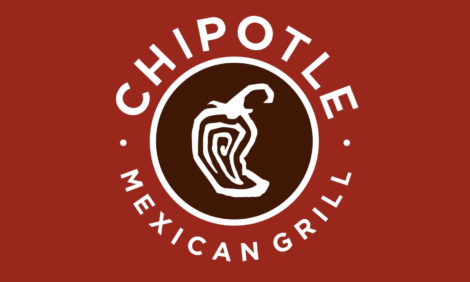



K-State Vet, Livestock Specialist Discuss Swine Gestation Stalls
US - Recent news that some major US restaurant chains, including McDonald’s, will phase out buying of pork supplied by producers who use gestation stalls for pregnant sows has sparked conversation and concern among pork producers as well as consumers.Lost in some of the conversation regarding swine gestation stalls is why pork producers implemented them to begin with, according to Kansas State University veterinarian Steve Dritz, and K-State Research and Extension livestock specialist Joel DeRouchey.
“We’ve seen increased pressure from outside influences on swine producers to change their management practices,“ DeRouchey said. “This is their livelihood. For those working in the barns, working with the animals – they love the animals and they care for them on a daily basis. They want them to do as well as possible.“
A gestation stall is an area in which a sow is confined during her pregnancy and fed to meet her individual nutritional needs, Dritz said. When sows are in group pens, some sows will eat more than they should, while others will eat less than they need.
Also, because pregnant sows can be aggressive and physically harm one another, sows kept in gestation stalls are protected from other sows.
“The sow can stand up and lie down,“ Dr Dritz said. “The one major drawback is that she cannot turn around.“
Dr Dritz said that he’d spent time in Europe recently and learned that on farms where sows can voluntarily move in and out of gestation stalls, the animals chose to spend 80 to 85 per cent of their time in such stalls.
In research designed to measure stress hormones in swine, scientists have not found differences in sows that are free to move about versus those housed in gestation stalls, he said.
“From a production standpoint, we find no difference, both can be successful,“ Dr Dritz said, referring to gestation stalls or open pens. “But from a health standpoint, there is no question that gestation stalls protect the animal and prevent injuries. That’s a point that is missing in many of the messages.“
Gestation stalls also make it easier for producers to monitor each sow’s health and to administer vaccines, if needed.
“Without understanding all the facts and the advantages and disadvantages of these systems, it’s easy to draw conclusions really quickly without truly understanding the long-term implications and the history of why we once were without gestation stalls, why we moved to this system, and now why the reluctance by owners and managers to go back to the way we used to do things,“ Dr DeRouchey said.
“That’s something I consistently hear from some very good producers out there. Let’s take it back to what’s best for the animal. If I truly don’t believe that stalls are best for the animal, then that’s what I shouldn’t be doing,“ he added.
Gestation stalls should not be confused with farrowing crates, which are enclosures that provide space for the sow and also for her pigs during farrowing and while the pigs are nursing. “There is no current debate on farrowing crates,“ Dr DeRouchey said. Dritz added that there is 25 to 30 per cent mortality of pigs in open farrowing situations versus 6 to 8 per cent mortality in farrowing crates.
“We have to constantly ask ourselves from a research standpoint, are we doing what’s best for the animal?“ Dr Dritz said. “I think many in this industry have made that decision and it’s one I’ve dealt with personally – I’ve seen both systems and I think both can be a very effective way to raise pigs.“
One of the things that gets missed in the message, Dr DeRouchey said, is how housing gets associated with only the largest producers. Some people don’t like the large size of some farms. It’s important to remember, however, that the size of the operation doesn’t matter. Sow housing affects small producers as well as the largest ones.
He said some of the thought is that if the industry moves from stall operations to pens, that it will favor small operations.
“The economics and history tell us that that is far from the truth,“ Dr DeRouchey said. “There’s a grave concern that if production moves to pen only – if that’s mandated that we move to more pens, that many of our small producers will exit the business because of the capital costs that it will take to convert existing facilities. I think that this could have a backward effect where these mandates may lead to further consolidation of the industry. I don’t think that’s the road we want to go down.“
“The poultry industry has been under similar scrutiny regarding housing as we’ve seen in the swine industry,“ Dr DeRouchey said. There are discussions going on in the dairy and beef industries about practices in those industries as well.“
“When we talk about the general public and their perception of livestock management practices, I think they’re generally supportive of our farmers and ranchers that raise these species,“ he added. “The majority of the changers or big influencers are from organizations that have the goal to abolish animal agriculture and ending the consumption of meat. Therefore, we also have to understand that the debate is being influenced by organizations with another agenda beside animal welfare.“
Producers want their animals to be as healthy and productive as possible, he said. For those who do not see that every day, it’s easy to make a quick judgment when one part of the swine production process is publicized, but it’s taken out of context when not presented as part of the whole picture reflecting how it fits into the process of raising healthy pigs, Dr DeRouchey said.






